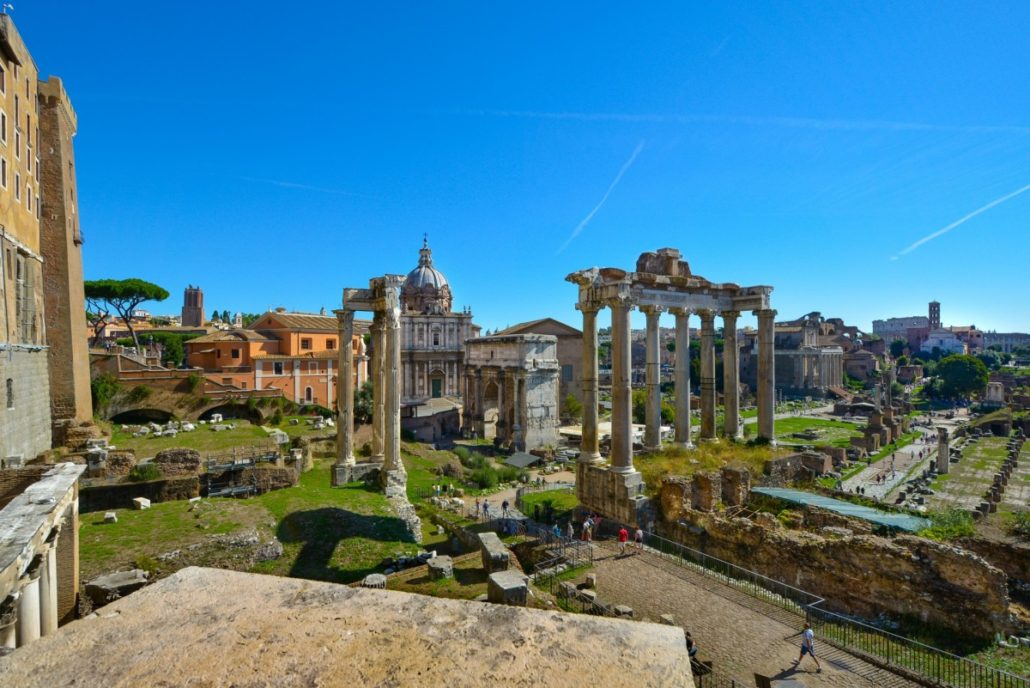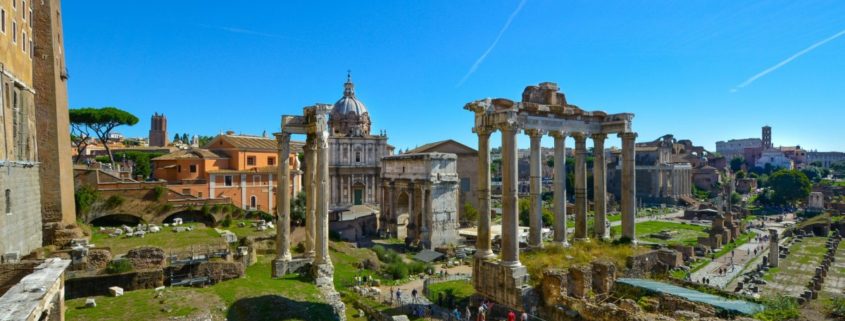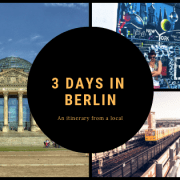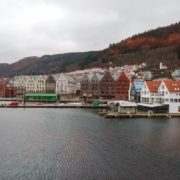10 Best Museums To Visit in Italy
Italy, a land of artistic brilliance and historical significance, is a haven for culture enthusiasts and history aficionados. From the grandeur of Vatican Museums to the intimacy of the Accademia Gallery, the country boasts an array of museums that stand as testaments to its rich heritage. Each museum is a portal to a different era, offering a glimpse into Italy’s diverse artistry, innovations, and contributions to the world’s cultural landscape. Join us on a journey through Italy’s 10 must-visit museums, where centuries of creativity and craftsmanship are unveiled, inviting travelers to immerse themselves in the captivating stories of the past.
Vatican Museums, Vatican City: A Journey Through Time and Faith
The Vatican Museums are a treasure trove of art amassed over centuries by the Catholic Church. From the iconic Sistine Chapel adorned with Michelangelo’s masterpieces to the Raphael Rooms’ exquisite frescoes, these museums offer an unparalleled exploration of religious and artistic history. Don’t forget to book your Vatican Museum tickets to experience this captivating journey.
Accademia Gallery, Florence: Home to the David
Amidst the artistic splendor of Florence, the Accademia Gallery stands as a shrine to Renaissance genius. This gallery is renowned for being the proud home of Michelangelo’s David, an iconic masterpiece that embodies artistic perfection. Booking Accademia Gallery tickets is essential to witness David’s magnificence up close. Beyond David, the gallery showcases a captivating collection of sculptures and paintings, offering an intimate connection with Italy’s artistic heritage.
Uffizi Gallery, Florence: A Renaissance Marvel
The Uffizi Gallery is a shrine to the Renaissance, showcasing works by Botticelli, Leonardo da Vinci, Raphael, and more. Its collection of paintings, sculptures, and decorative arts offers a comprehensive overview of the artistic evolution during this transformative period. Booking Uffizi Gallery tickets in advance is essential to avoid the long queues and fully immerse yourself in its artistic splendor.
The Colosseum and Roman Forum, Rome: Echoes of Ancient Rome

The Roman Forum
In Rome’s heart, the Colosseum and Roman Forum stand as echoes of ancient glory. The Colosseum, an iconic amphitheater, witnessed epic spectacles, while the Forum was Rome’s civic and social hub. Strolling through these ruins evokes the grandeur of the Roman Empire. The past comes alive, letting visitors trace the footsteps of emperors and citizens in this historic tapestry.
Galleria Borghese, Rome: A Palace of Art
Situated within Villa Borghese’s enchanting grounds, Galleria Borghese is a haven for art aficionados. This opulent gallery hosts a collection of Renaissance and Baroque masterpieces, including Bernini’s sculptures and Caravaggio’s paintings. Lavish rooms adorned with intricate décor create a perfect backdrop for artistic marvels. A visit offers an intimate journey through time, inviting you to experience the creative brilliance of renowned artists amidst the opulence of a genuine Roman palace.
Pitti Palace and Boboli Gardens, Florence: Grandeur and Greenery
Nestled in Florence, Pitti Palace and Boboli Gardens offer a regal escapade. The palace, once the residence of the Medici family, houses opulent galleries, including the Palatine Gallery and Costume Gallery. Adjacent, the Boboli Gardens are a verdant haven adorned with sculptures and fountains. The seamless blend of grandeur and greenery invites visitors to traverse history and nature, relishing the elegance of art within the embrace of a lush Renaissance landscape.
National Archaeological Museum, Naples: Treasures from Pompeii
Nestled in Naples, the National Archaeological Museum stands as a custodian of Pompeii’s remarkable heritage. It houses an extensive collection of artifacts rescued from the ashes of Mount Vesuvius’ eruption. Intricate mosaics, vibrant frescoes, and everyday objects offer a vivid glimpse into daily life in the ancient Roman cities of Pompeii and Herculaneum. The museum’s galleries preserve the essence of these once-thriving communities frozen in time. As you traverse the exhibits, you’ll unravel the mysteries of Pompeii’s past, gaining insights into its culture, art, and the cataclysmic event that preserved its legacy for generations to come.
Palazzo Vecchio, Florence: The Heart of Civic Power
Standing proudly in Florence, Palazzo Vecchio is a living testament to the city’s political history. This fortress-like palace has witnessed centuries of governance, making it the heart of civic power. Its lavish chambers, adorned with intricate frescoes, house an array of iconic sculptures and paintings. The grand Salone dei Cinquecento echoes with the whispers of Renaissance rulers. As you explore this historic landmark, you’ll walk in the footsteps of Medici rulers and experience the essence of Florentine politics, art, and power that shaped the city’s captivating narrative.
Museo Capitoline, Rome: The World’s Oldest Public Museum
Situated on Rome’s iconic Capitoline Hill, Museo Capitoline holds the honor of being the world’s oldest public museum. Founded in 1471, it boasts an awe-inspiring collection of classical sculptures, ancient artifacts, and Renaissance paintings. Designed by Michelangelo, the palatial setting itself is a work of art. Marvel at the iconic Capitoline Wolf statue and the imposing equestrian statue of Marcus Aurelius. The museum’s treasures offer a glimpse into Rome’s illustrious past, from the majestic to the mundane, capturing the essence of the Eternal City’s historic journey through time. Step into the world’s oldest museum and be transported across millennia of human creativity and history.
Museo di Capodimonte, Naples: Art Amidst Nature
Nestled in Naples, Museo di Capodimonte is a haven where art and nature entwine seamlessly. Housed within a former royal lodge surrounded by lush Capodimonte Park, this museum hosts a diverse collection from Italian Renaissance to European classics. Treasures by Caravaggio, Raphael, and more adorn grand rooms, while the park’s tranquility enhances the experience. It’s an immersion into art and a retreat into nature, epitomizing Naples’ cultural heritage.









Leave a Reply
Want to join the discussion?Feel free to contribute!